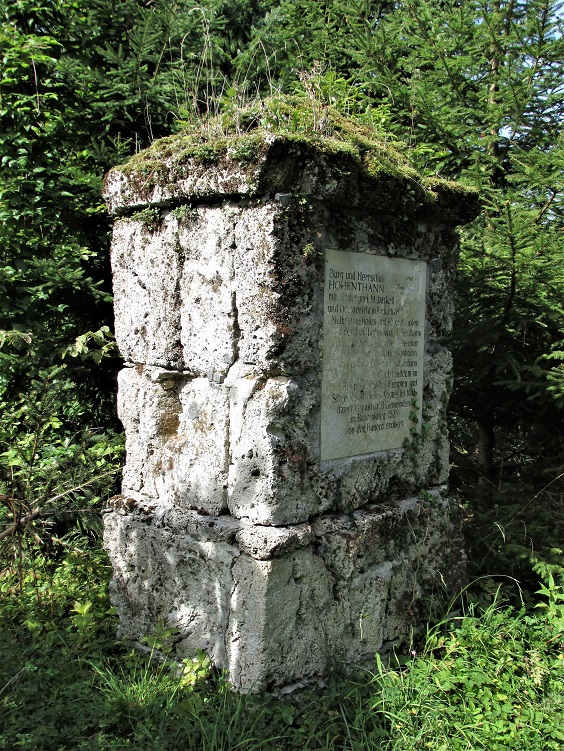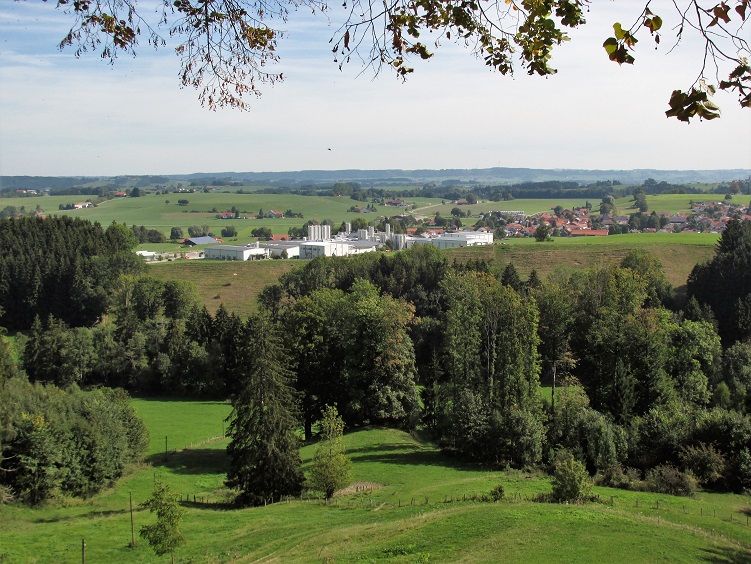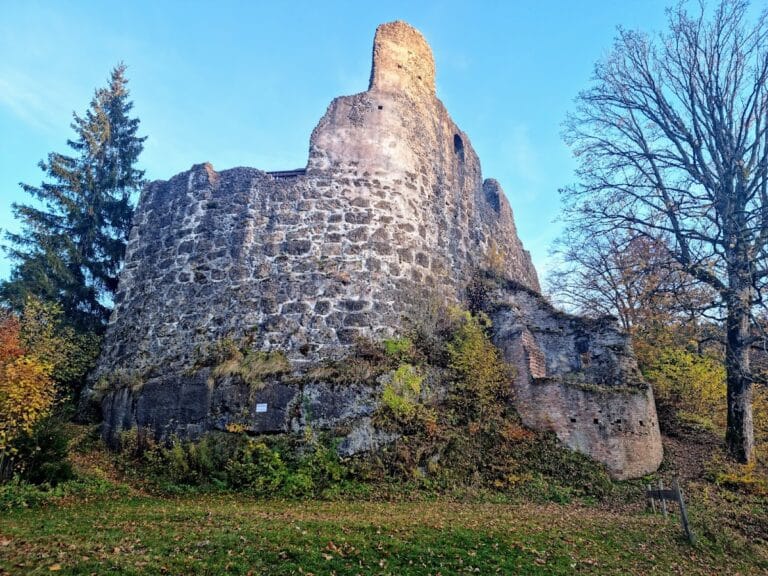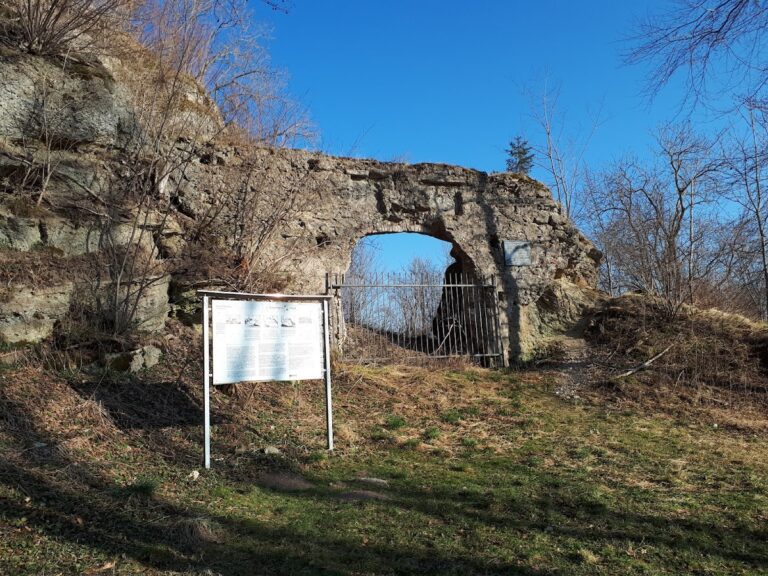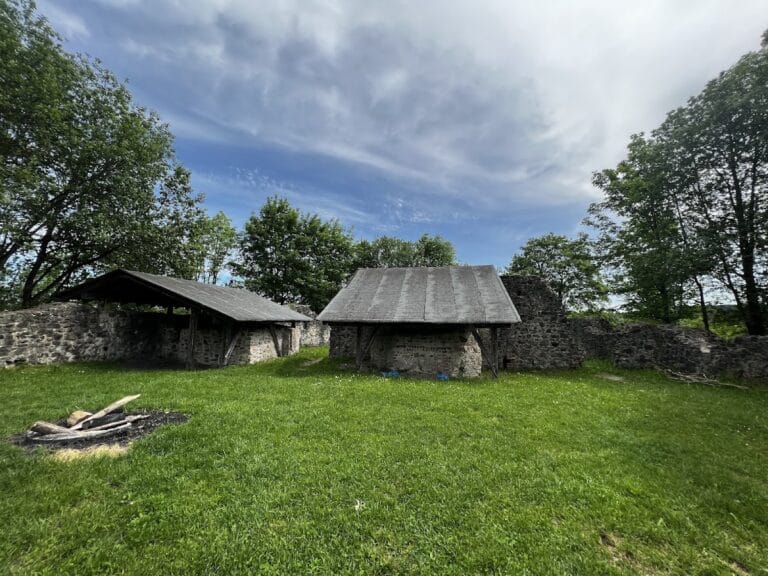Burg Hohentann: A Medieval Spur Castle in Altusried, Germany
Visitor Information
Google Rating: 3
Popularity: Very Low
Google Maps: View on Google Maps
Country: Germany
Civilization: Unclassified
Remains: Military
History
Burg Hohentann is a medieval spur castle situated within the municipality of Altusried in Germany. Though its precise origins are unclear, it was constructed during the Staufer period, a dynasty that ruled parts of Germany in the High Middle Ages.
The earliest possible mention of this site dates back to 1144, associated with four brothers bearing the name “von Tanne.” However, the connection between these individuals and Burg Hohentann is uncertain, as their name may instead relate to another castle, Burg Alttann, located near Ravensburg. The first definitive records emerge in 1268 when Konrad von Hohenegg acquired the lordship of Hohentann. This lordship included not only the castle but also a mill, a farmstead, and various rights spread across nearby villages such as Frauenzell, Muthmannshofen, and Kimratshofen, marking the site as a local center of power and administration.
For nearly a century and a half, the Hohentann family maintained control of the castle and its estates. However, financial hardship resulting from ongoing feuds led to the sale of the property in 1413 to Berthold von Heimenhofen. The Heimenhofen family held the castle until 1498. Subsequently, ownership changed hands several times, including a period under Cyprian von Sarnstein. In 1502, the Fürststift Kempten monastery acquired the lordship and established a vogtei, or bailiwick, turning the castle into an administrative seat.
Burg Hohentann experienced significant turmoil during the German Peasants’ War in 1525 when rebellious peasants captured and plundered the fortress. A few years later, in 1529, an episode connected with religious conflict occurred when a Protestant preacher was imprisoned at the castle before his execution due to his faith, reflecting the turbulence of the Reformation era.
By the late 16th century, records document repairs to the castle’s roof, tower, and bridge in 1595, indicating efforts to maintain its defensive and administrative functions. Yet, in 1642, the vogtei was dissolved and replaced by a Pflegamt, another form of district administration. Due to the high costs of upkeep, the administrative center was relocated to Lautrach, leading to Burg Hohentann’s abandonment. Over time, the castle fell into ruin.
Following the secularization of church properties in 1803, the site was sold for quarrying purposes. Continued gravel extraction until the 1980s reduced the ruins to roughly half their original extent, dramatically altering the castle’s physical footprint.
Remains
Burg Hohentann occupies a steep spur of the Langenberg mountain, facing northwest at an elevation near 835 meters. The castle’s layout is approximately rectangular, measuring about 20 by 40 meters, though much of this area has been disturbed by later gravel mining activities. The site features two defensive ditches designed to protect the narrow end of the spur as well as the adjoining plateau, demonstrating a strategic approach to fortification by taking advantage of natural terrain.
Within the castle hill, remains of foundational walls reveal the locations of former residential or service buildings. On the eastern side, a lower plateau measuring roughly 12 by 8 meters held an additional structure situated outside the main ring wall. This feature is confirmed through historical illustrations, illustrating the castle’s extended footprint beyond its central enclosure.
Access to the castle was originally gained from the southeast, where a bridge spanned one of the defensive ditches. This entry point underscores the castle’s defensive layout, controlling approach routes across natural barriers. Nearby, the present-day Einödhof Hohentann corresponds to the farmstead that once belonged to the castle estate. Similarly, the Holzmühle (wood mill) located southeast of the ruins formed part of the complex, linking the castle to its agricultural and economic surroundings.
Today, only slight traces of the castle remain visible above ground. These ruins are marked by a memorial stone that commemorates the historical importance of Burg Hohentann and its long, varied past on this mountainous site.
